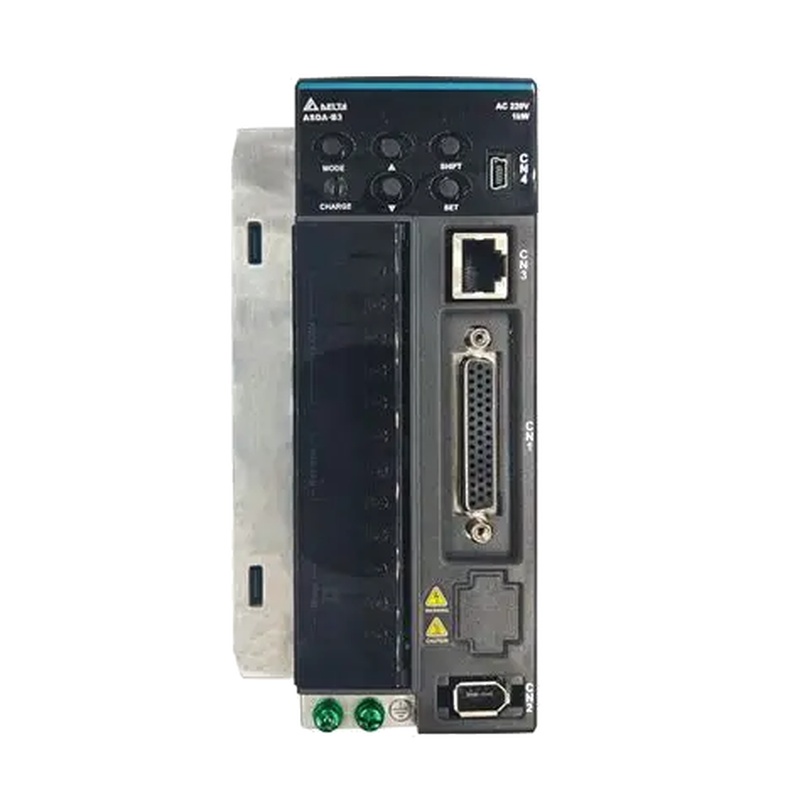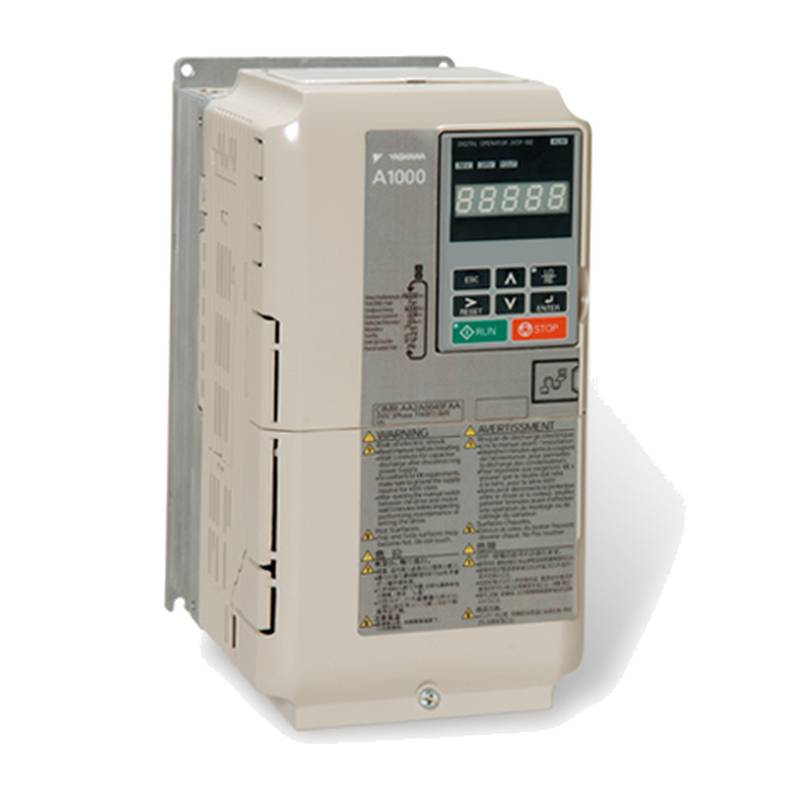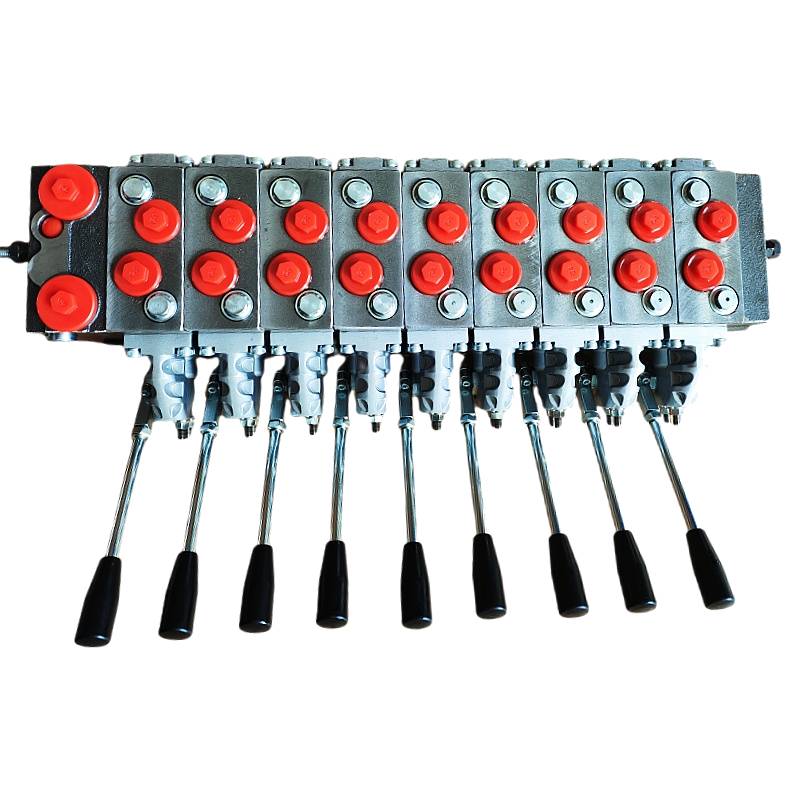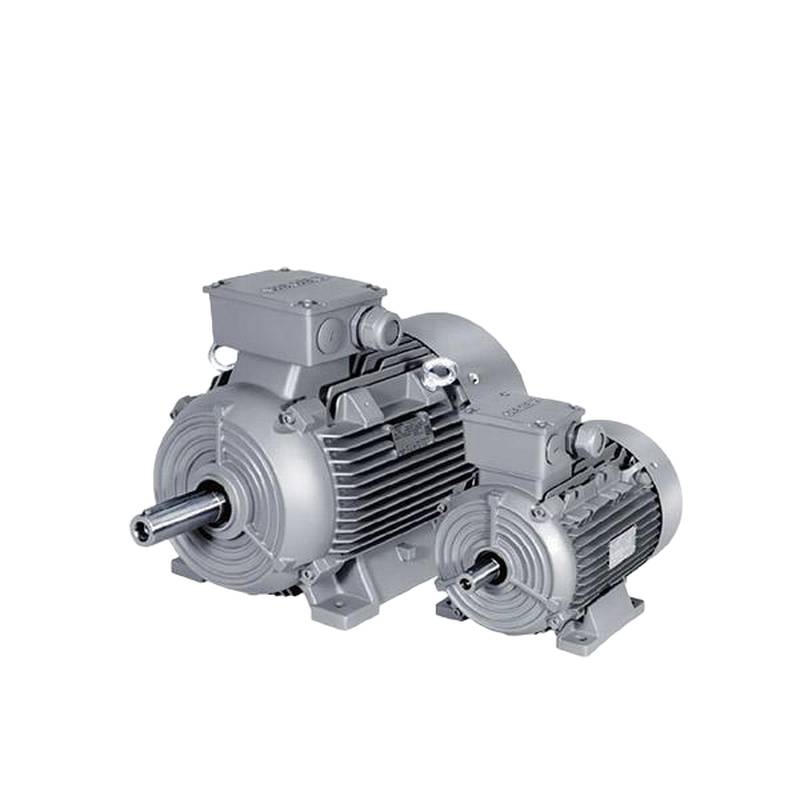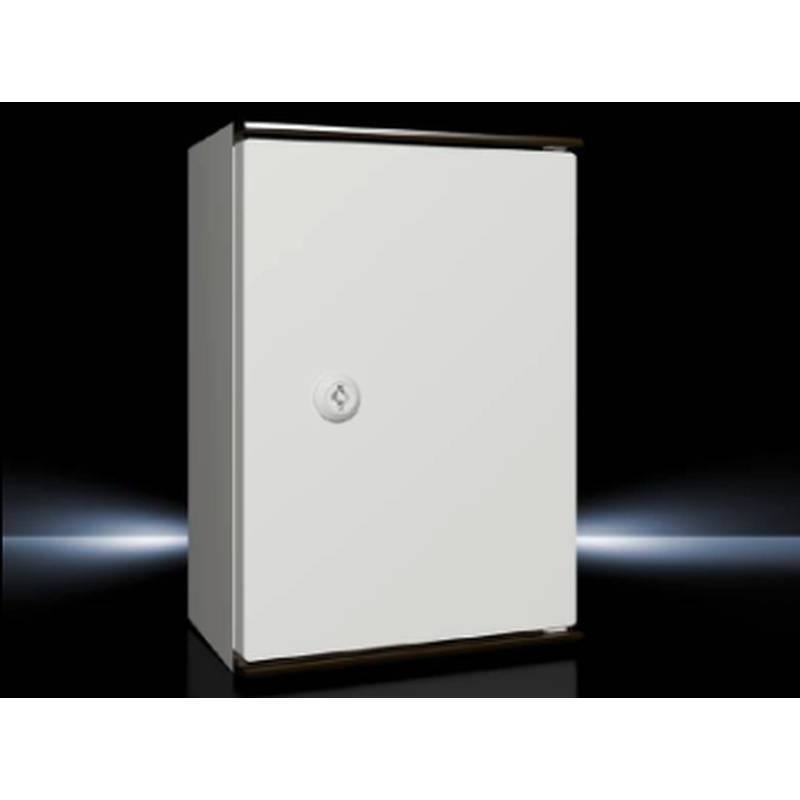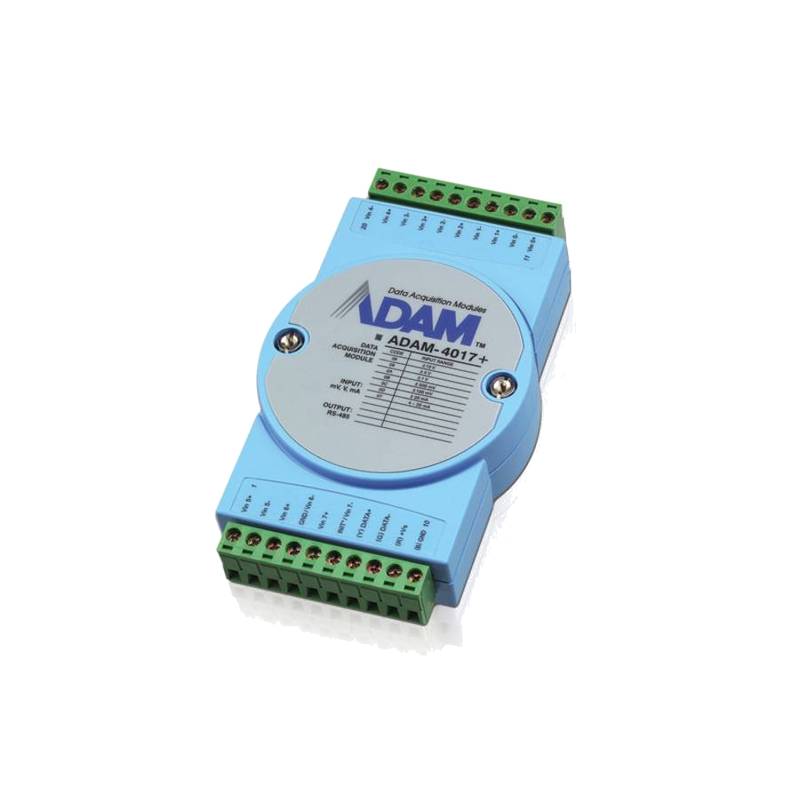
The Delta ASD-B3-1021-L is a high-power, single-phase servo drive engineered for demanding industrial automation tasks. It boasts exceptional performance characteristics, including a high power output of 1kW, a wide voltage input range of 170-264 VAC, and advanced control capabilities suitable for precision motion control. This drive is designed to deliver superior accuracy, rapid response times, and robust reliability, making it a compelling choice for applications requiring sophisticated servo system integration. Key technical parameters include its 1kW rated power, 220V input voltage, and support for various communication protocols, ensuring broad compatibility and ease of integration into diverse automation architectures.
Product Specifications
| Feature | Specification |
| :-------------------- | :------------------------- |
| Model | ASD-B3-1021-L |
| Rated Power | 1kW |
| Input Voltage | 170-264 VAC |
| Input Frequency | 50/60 Hz |
| Output Voltage | 0-240 VAC |
| Output Current (Cont.)| 6.5 A |
| Output Current (Peak) | 19.5 A |
| Communication | RS-485, CANopen, EtherNet/IP |
| Control Modes | Position, Velocity, Torque |
| Protection | Overload, Overvoltage, etc. |
| Dimensions (WxHxD) | 150 x 215 x 190 mm |
Core Features & Market Positioning
The Delta ASD-B3-1021-L distinguishes itself through its robust single-phase power capability, enabling high-performance servo control without the need for a three-phase supply, which is often a significant advantage in many existing factory infrastructures. Its advanced current loop and high-resolution encoder feedback processing ensure exceptionally smooth operation and precise positioning, critical for intricate manufacturing processes. The drive's flexible communication options, including EtherNet/IP, facilitate seamless integration into modern industrial networks, aligning with the Industry 4.0 trend towards interconnected and intelligent automation systems. This combination of power, precision, and connectivity positions the ASD-B3-1021-L as a highly competitive solution for machine builders and system integrators seeking reliable and advanced motion control.
Key Application Scenarios
This servo drive excels in a variety of demanding industrial environments. It is ideally suited for high-speed packaging machinery, where precise and rapid movements are essential for efficiency and product quality. In the electronics manufacturing sector, its accuracy makes it perfect for automated assembly lines, pick-and-place robots, and precision dispensing systems. Furthermore, the ASD-B3-1021-L finds application in CNC machinery, robotics, and automated material handling systems, wherever consistent, dynamic, and reliable motion control is a prerequisite for optimal performance and throughput. Its capability to handle single-phase power also makes it a strong candidate for retrofitting older machines or for deployment in facilities where three-phase power is not readily available.
Practical System Integration Guidance
Integrating the Delta ASD-B3-1021-L into an existing system involves careful consideration of wiring, motor selection, and parameter configuration. Ensure the power supply is stable and within the specified 170-264 VAC range. The motor must be compatible with the drive's output specifications, particularly regarding voltage and current ratings. Use shielded motor cables to minimize electromagnetic interference. For communication, connect the appropriate bus cables (e.g., EtherNet/IP, CANopen) to the designated ports. Initial commissioning typically requires setting basic motor parameters (pole count, rated current, encoder type) and then tuning the control loops (position, velocity, torque) to achieve optimal performance for the specific application. Referencing Delta's technical documentation for detailed wiring diagrams and parameter setup is crucial for a successful installation.
Operation and Risk Mitigation
Safe operation of the Delta ASD-B3-1021-L requires adherence to electrical safety standards and proper handling procedures. Always ensure the drive is powered down and discharges fully before performing any wiring or maintenance. The drive incorporates comprehensive protection mechanisms, including overload, overvoltage, undervoltage, and short-circuit protection, which will trigger fault codes in case of anomalies. Common troubleshooting steps involve checking power supply stability, motor connections, and encoder feedback signals. Referencing the drive's manual for specific fault code explanations and resolution steps is critical for quickly diagnosing and rectifying issues, minimizing downtime.
Scalability & Long-Term Value
The Delta ASD-B3-1021-L offers excellent scalability and long-term value through its compatibility with Delta's broader automation ecosystem and its support for industry-standard communication protocols. This enables easy integration with other Delta products, such as PLCs and HMIs, creating cohesive and powerful automation solutions. Its flexibility in supporting multiple communication networks like EtherNet/IP and CANopen ensures future-proofing, allowing for seamless upgrades and integration into evolving IIoT and smart manufacturing environments. The drive's robust design and reliable performance contribute to a lower total cost of ownership by reducing maintenance requirements and maximizing operational uptime.
Frequently Asked Questions
What is the maximum input voltage for the Delta ASD-B3-1021-L?
The drive operates on a single-phase AC power supply. Its specified input voltage range is 170 to 264 VAC.
This range provides flexibility for use in various power environments. It's crucial to ensure your power source consistently falls within these limits for optimal performance and longevity.
Exceeding or falling below this voltage can lead to fault conditions or damage. Always verify your site's electrical stability before connecting the servo drive.
How do I connect the motor to the Delta ASD-B3-1021-L servo drive?
Connect the motor's power leads (U, V, W) to the corresponding terminals on the drive. Ensure the motor's ground is properly connected to the drive's ground terminal.
For encoder feedback, connect the encoder cable to the dedicated encoder interface on the drive. Pay close attention to the encoder type and pinout as specified in both the motor and drive manuals.
Always use shielded cables for both motor power and encoder signals to prevent electromagnetic interference, which can degrade performance and accuracy.
What communication protocols does the Delta ASD-B3-1021-L support?
This servo drive supports multiple industrial communication protocols. Key options include RS-485, CANopen, and EtherNet/IP.
Support for EtherNet/IP and CANopen makes it highly suitable for modern networked automation systems. This allows for centralized control and data acquisition.
The ability to choose the appropriate protocol simplifies integration with various PLCs and industrial controllers, offering significant flexibility in system design.














